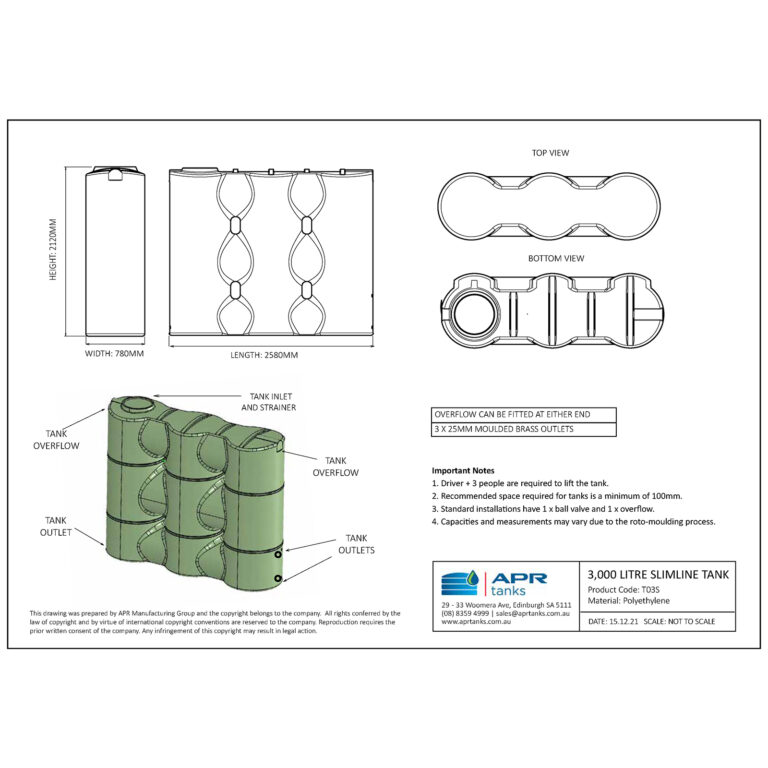Leading Factors to Buy Slimline Water Tanks for Your Home
Leading Factors to Buy Slimline Water Tanks for Your Home
Blog Article
Exploring the Different Uses of Rainwater Containers for Residential and Commercial Residences
As the global focus on sustainable living methods proceeds to heighten, the utilization of rainwater storage tanks in both residential and industrial setups has actually become an essential solution. These storage tanks supply a reservoir for rain harvesting, presenting a myriad of potential applications that expand much beyond simple storage space. From watering to toilet flushing and landscaping, the adaptability of rainwater storage tanks is huge. Moreover, their integration into industrial residential or commercial properties opens a world of opportunities for environmentally mindful services. The multifaceted uses of rainwater storage tanks provide an engaging situation for their fostering, not just as a practical water-saving measure but also as a testament to responsible resource management.
Advantages of Utilizing Rainwater Tanks
Utilizing rain storage tanks provides various advantages for both houses and areas in terms of water conservation and sustainability. Among the crucial benefits of using rain tanks is the considerable reduction in dependence on mains water system - Slimline water tanks. By capturing and saving rainwater for later usage, individuals and areas can decrease their need for treated water, inevitably alleviating the concern on water therapy facilities and lowering energy consumption related to water transport and therapy
Furthermore, rain gathering via tanks gives a reliable different water source during times of water limitations or shortages. This kept rain can be used for numerous non-potable functions such as watering, purging bathrooms, and cleaning clothes, minimizing the pressure on typical water sources. In addition, using rainwater storage tanks can bring about cost savings for both houses and areas by lowering water expenses and lowering the need for expensive facilities developments to meet growing water needs.
In significance, the utilization of rain storage tanks supplies a sustainable and ecologically pleasant method to water monitoring, benefiting both individual users and the wider area in regards to water conservation, cost-efficiency, and durability.
Rain Tank Usage in Irrigation
Given the benefits of rainwater tanks in preserving water sources and decreasing reliance on mains water system, a substantial application depends on making use of saved rain for watering objectives - Slimline water tanks. Rain gathering systems can successfully accumulate and keep rain, offering a sustainable water resource for sprinkling gardens, yards, and agricultural fields. By using rain for watering, residential or commercial property owners can minimize their reliance on treated water sources, leading to set you back financial savings and ecological benefits

Among the key benefits of utilizing rain for irrigation is its pureness. Rain is naturally soft and cost-free from the chemicals and additives commonly located in mains water, making it suitable for nourishing plants without the danger of unsafe effects. Furthermore, rain is at ambient temperature level, which can profit plant growth by preventing temperature level shocks that can accompany cold mains water.
Rain Containers for Toilet Flushing

Applying rainwater tanks for toilet flushing is an affordable and environmentally pleasant method that can be easily incorporated into both residential and business properties. The saved rainwater can be made use of to flush commodes by linking the tank to the existing pipes system. This simple yet reliable remedy can dramatically reduce water intake in a structure, particularly in locations where water scarcity is a worry.

Including Rain Storage Tanks in Landscape Design
These containers can capture and save rainwater drainage from roofings, which can then be utilized for watering yards, lawns, and plants. By making use of rainwater for watering purposes, property proprietors can reduce their dependence on municipal water resources, leading to cost financial index savings and conservation of priceless water resources.
In enhancement to providing a lasting water source for landscaping demands, rainwater containers can likewise help in handling stormwater drainage. By capturing rain that would certainly otherwise stream right into storm drains, these containers can reduce disintegration, lower flooding dangers, and stop pollution of natural water bodies. In addition, incorporating rain storage tanks in landscape design can add to the overall visual appeal of the property, showcasing a commitment to ecological stewardship.
Commercial Applications of Rainwater Tanks
Utilizing rainwater storage tanks in industrial setups supplies a lasting remedy for water management and conservation, benefiting businesses and the setting alike. Business applications of rain containers are varied and increasingly popular due to the expense savings and environmental advantages they provide. One key commercial use is for irrigation purposes, where collected rain can be made use of to water landscape design, yards, and farming areas bordering commercial buildings. This can bring about substantial decreases in water expenses and dependence on local water sources.
Furthermore, rain collected in tanks can be dealt with and made use of for non-potable purposes within business residential properties, such as flushing commodes, cleaning, and cooling systems. Generally, the unification of rainwater tanks in industrial setups offers a useful and ecologically accountable technique to water management.
Conclusion
In final thought, rain containers supply numerous benefits for both property and business buildings. From watering to commode flushing and landscape design, using rain containers can more helpful hints aid conserve water resources and reduce water costs. Additionally, incorporating rainwater tanks in commercial settings can lead to significant cost financial savings and environmental advantages. Overall, the versatility and sustainability of rainwater containers make them a valuable financial investment for any kind of residential or commercial property owner looking to boost water effectiveness.
Report this page